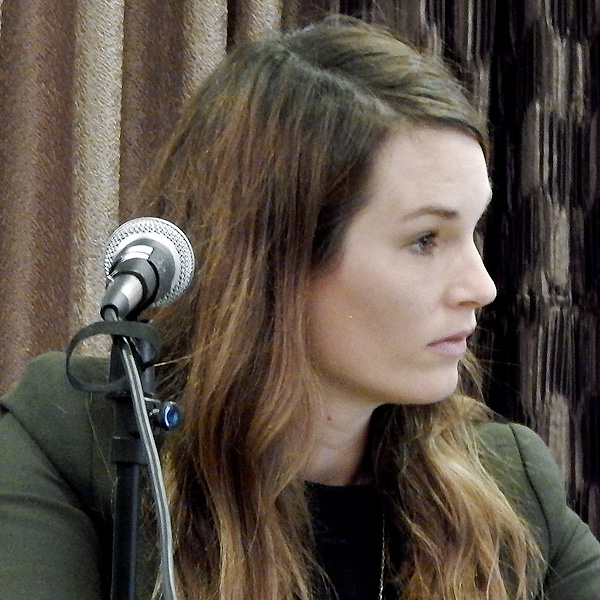Less than a year after debuting availability-based accreditation, MISO is proposing to reformulate how it accredits its resources.
Stakeholders aren’t happy.
MISO wants to accredit all resources based on their performance during predefined resource adequacy hours, or tight operation conditions. It will then adjust unit accreditation by a capacity value determined by loss-of-load expectation. The equation’s LOLE piece would replace the grid operator’s use of unforced-capacity values that rely on forced outage rates.
The new design is also intended to replace MISO’s current accreditation method for renewable energy, which uses a unit-level effective load-carrying capability calculation based on a peak hour contribution. It would also have staff fashioning new planning reserve margin requirements based on coincident loss-of-load hours rather than coincident peak load hours.
Jordan Bakke, director of policy studies, told stakeholders during a Resource Adequacy Subcommittee (RASC) meeting Wednesday that MISO’s goal is to create a single, “comprehensive resource adequacy accreditation reform” filing with FERC by next year, though the requested effective date is up for debate.
“We’re not trying to seek immediate implementation,” he said.
Bakke said the grid operator wants to shift its accreditation philosophy from “peak load-based” to “risk-based” under a sampling of the system’s riskiest hours.
Multiple stakeholders said they had serious concerns with the proposal, arguing that a direct loss-of-load approach should be applied to all resources. They contended a loss-of-load approach will only rely on a limited number of forecasted hours that are too small a sample to use for accreditation.
Invenergy’s Sophia Dossin asked how the approach will help MISO. She said a forced-outage value is broader and based on more reliable historical — rather than forecasted — information.
Bakke said a probabilistic loss-of-load approach is better suited for the tighter operating reality MISO is facing. He said the past is not an indication of the future conditions and resource mix.
Staff said using a direct loss-of-load calculation produces similar accreditation values to unforced capacity calculations.
“My reaction to that is, ‘So what?’ That’s almost a tautology,” resource adequacy consultant Michael Milligan said.
WEC Energy Group’s Chris Plante wondered whether MISO and stakeholders would be better served if they reexamined the tariff’s Schedule 53, which defines the RTO’s seasonal accreditation calculation.
“I think we’ve gone in the opposite direction of what stakeholders have intended,” he said. “I think we need to ask what it is we want out of our resource adequacy construct. Do we want it to tell us when to construct generation or do we want it to tell us the reliability value of the existing fleet? And I think it should be the latter.”
“I think what you’re hearing in this meeting today is there’s not support for this proposal. And yet, you’re moving forward with it anyway,” Clean Grid Alliance’s Natalie McIntire said.
McIntire asked why staff is proposing to change thermal resource accreditation so soon after winning approval of its availability-based method. Were they revisiting accreditation because they “didn’t get it right,” she asked.
“We need more. We need more here from MISO. And I think we need to take a step back and see what’s needed from the stakeholder process … rather than MISO completely driving this train,” McIntire said.
“I share what a lot of other stakeholders are feeling in this process: Are we going to be railroaded?” Southern Renewable Energy Association’s Andy Kowalczyk said.
Staff said they will devote more time to the topic during future RASC meetings.
FERC last year approved MISO’s seasonal capacity accreditation, which assigns accreditation based on a generating unit’s past performance during expected tight conditions. That accreditation only applies to MISO’s thermal generators; MISO has yet to file a separate, availability-based accreditation for its renewable generators. (See FERC OKs MISO Seasonal Auction, Accreditation, MISO Adding Availability-based Renewable Energy Accreditation.)
During a Jan. 17 discussion before the subcommittee, market participants complained about the difficulty of making minor adjustments to planned generator outages without taking hits to their resource accreditation. Representatives from Minnesota Power and WEC Energy Group said they have either started an approved outage early or extended it by a few days, only to entirely lose their outage exemption and negatively impact their accreditation.
Stakeholders said MISO is unfairly decrementing their availability-based accreditation for the outage’s entirety and not for just the few days tacked on. They asked staff to rectify the situation and make it easier to modify existing planned outages in MISO’s nonpublic interface.

